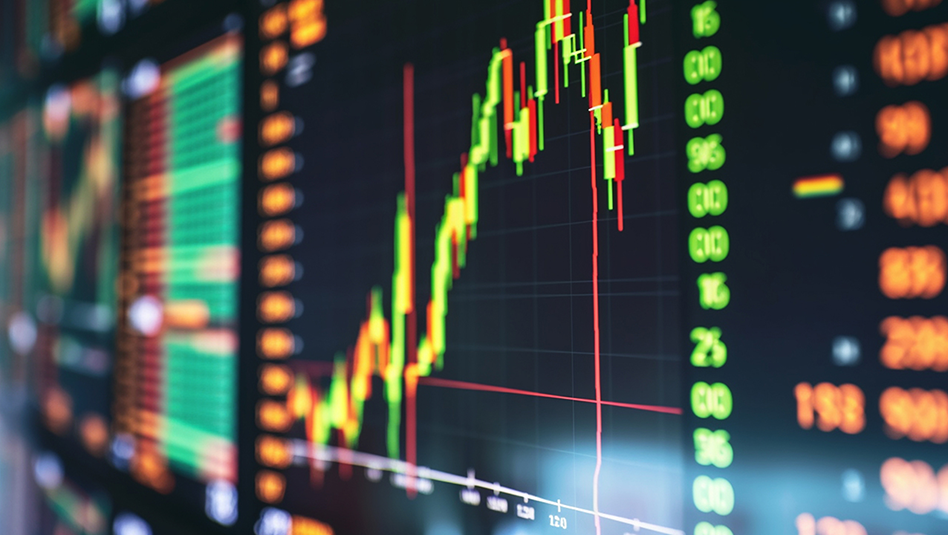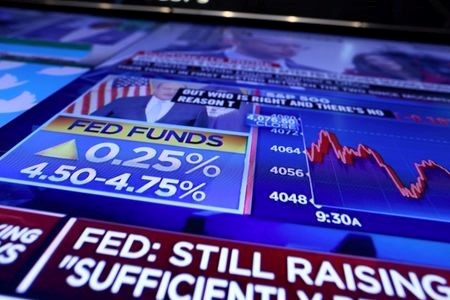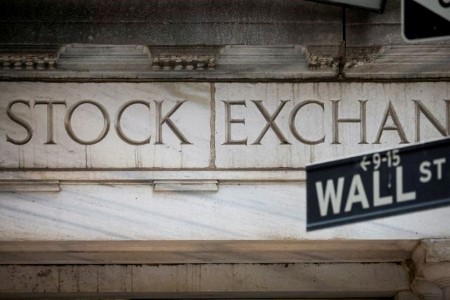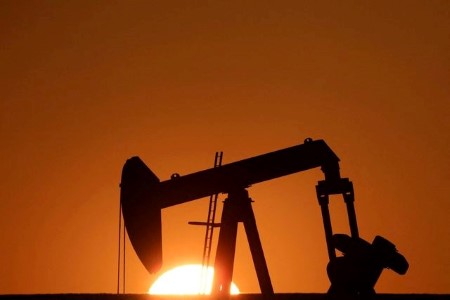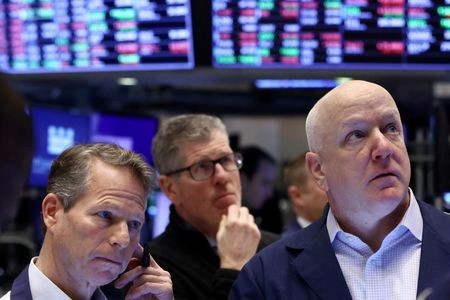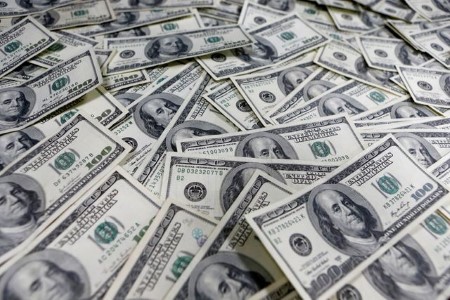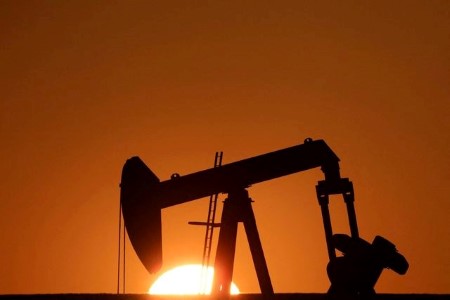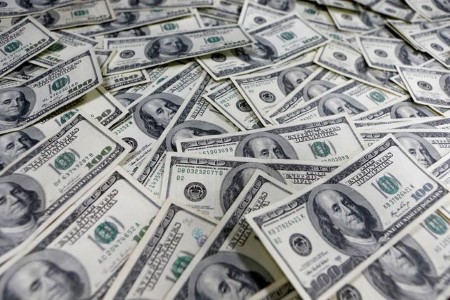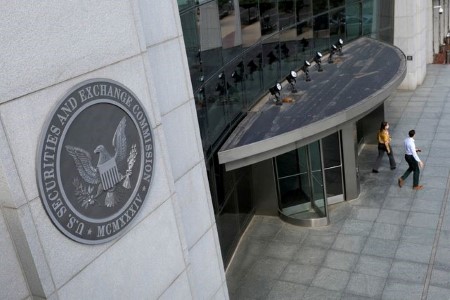BEIJING, Feb 17 (Reuters) – China’s securities watchdog published rules on Friday to regulate offshore listings, reviving foreign initial public offerings (IPOs) by Chinese firms after a regulatory freeze imposed in July 2021.
The trial rules, published by the China Securities Regulatory Commission (CSRC) and effective from March 31, are designed to guide companies wanting to access liquid capital markets.
That includes in the United States after Beijing and Washington solved a long-standing audit dispute in December, lessening the risk of U.S. delisting for Chinese companies.
“Offshore listing is a key component of China’s capital markets opening,” the CSRC said in a statement.
It said the rules showed China was pursuing “its direction of opening up” in spite of growing uncertainty in the world and that companies will be able to choose listing venues freely as long as they abide by the law.
Under its new filing system, which effectively ends decades of unregulated overseas IPOs by Chinese companies, the CSRC will vet offshore listings.
“With clearer guidelines and less uncertainties, I believe Chinese companies are still inclined to list overseas … geopolitical concerns notwithstanding,” said Daniel Tu, founder of Active Creation Capital.
Law firm Wilson Sonsini’s senior partner Weiheng Chen said the CSRC, and other relevant regulators have the “ultimate gatekeeping power” and can stop any overseas listings that are not compliant or against national or public interests.
Friday’s rules, amending a December draft, stipulate that overseas listings should not jeopardize China’s national interests.
S&P China ADR Index, a gauge of U.S.-listed Chinese enterprises, fell 3.02% after the rules were announced, while the wider market was off 0.28%. Alibaba, the largest U.S.-listed Chinese firm, shed 3.01%.
MASSIVE DROP IN US LISTINGS
Chinese companies raised nearly $230 million in U.S. listings last year, according to Refinitiv data, a massive drop from $12.85 billion in 2021.
Chinese offshore listings ground to a halt after Didi Global Inc’s (DIDI) New York listing in June 2021 that triggered Beijing’s regulatory backlash over data security concerns. It was delisted last June.
China’s tech crackdown also contributed to a near freeze in overseas listings by Chinese companies.
But the decision to allow overseas listings, together with a reduced U.S. risk, has made dealmakers hopeful that Chinese companies will reignite their ambitions to list in major markets such as New York.
On Dec. 15, the U.S. accounting watchdog said it had full access to inspect and investigate firms in China for the first time, countering the risk that around 200 Chinese companies could be kicked off U.S. stock exchanges.
The CSRC said on Friday that companies in sensitive sectors should also undergo data security reviews or obtain clearance from relevant authorities before filing for foreign listings.
It said it would strengthen cooperation with overseas regulators to crack down on misbehaviour such as accounting fraud and book-cooking.
VIE STRUCTURE
The new rules grant the CSRC oversight of offshore listings to Chinese firms with variable interest entity (VIE) structures.
VIE is a structure adopted by most overseas-listed Chinese tech companies, such as Alibaba and JD.com, to skirt Chinese restrictions on foreign investment in certain sectors.
The CSRC said on Friday that some Chinese enterprises “intentionally circumvented” its supervision in recent years, violating industry policies and even jeopardized China’s national security.
However, the regulator said it would allow filings by VIE-structured companies that comply with rules, and support companies’ capital-raising at home and abroad.
Winston Ma, an adjunct professor at NYU Law School, told Reuters that at least a handful of Chinese authorities – in addition to the CSRC – have become relevant in regulating VIE listings, as the securities regulator will seek the opinions of “related supervisory agencies”.
The list includes Ministry of Finance and regulator of data-intensive industries Cyberspace Administration of China, he said.
(Reporting by Scott Murdoch, Samuel Shen, Selena Li, Kane Wu, Ella Cao and Liz Lee; Additional reporting by Bansari Kamdar; Editing by Raissa Kasolowsky, Barbara Lewis and William Mallard)







 DOWNLOAD
DOWNLOAD

